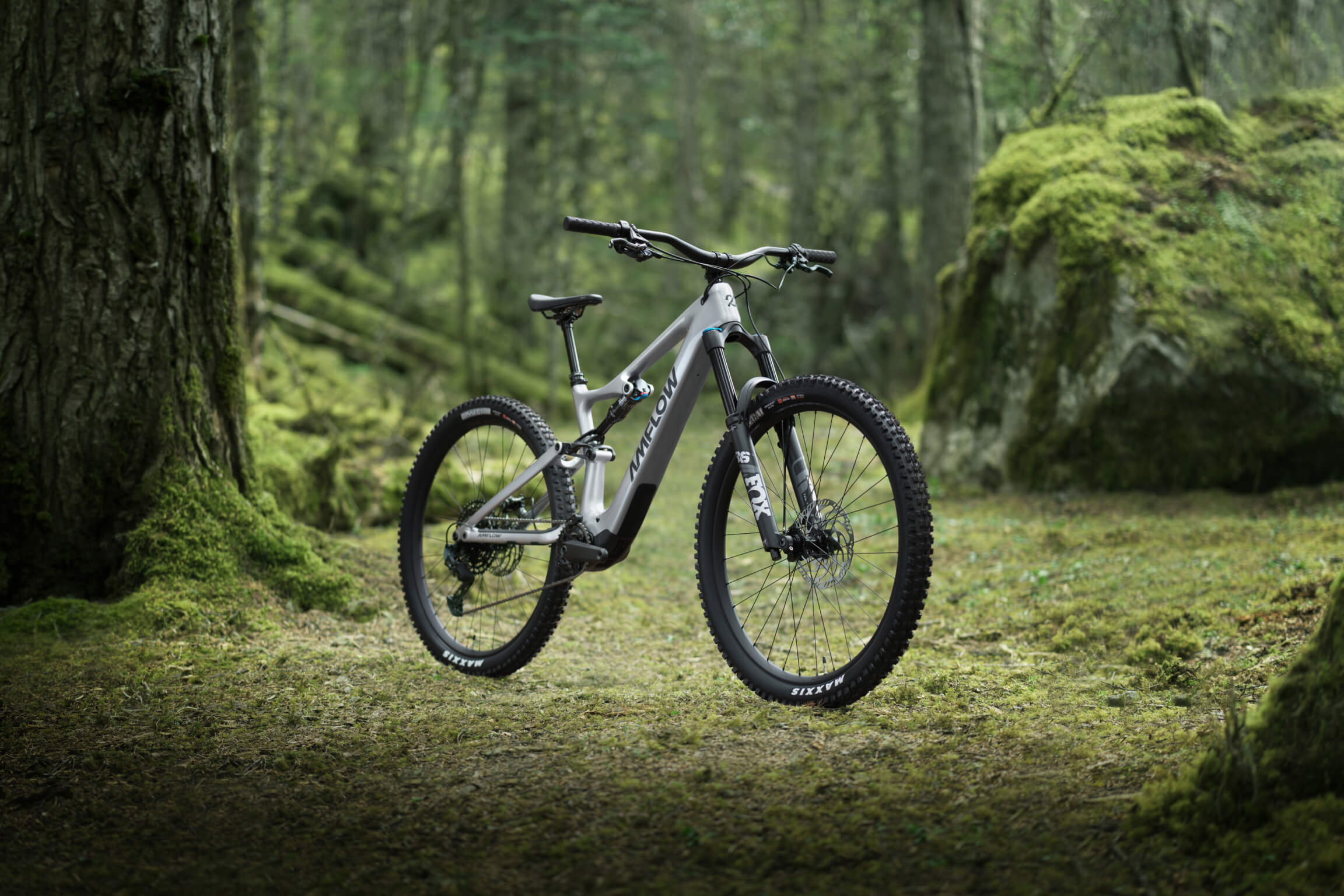Preparing for your first race
So, how do you prepare for your first eMTB race?
First, choose what discipline appeals to you most and start training. While it can be tempting to get out there and sign up for an event right away, you’ll want to get a good few months of training in before your first race, and knowing which discipline you’ll be riding in will help you to practice the right skills.
Getting out on the trails and practicing your technical skills should be a priority, but be sure to also work on your endurance and your high intensity training. Endurance training takes plenty of time on the bike at a lower intensity, you should be able to hold a conversation while you ride and you can do this on an eMTB or on a traditional mountain bike, road bike or gravel bike. High intensity training will get you ready for race day speed and takes the form of short high intensity efforts followed by a short rest.















